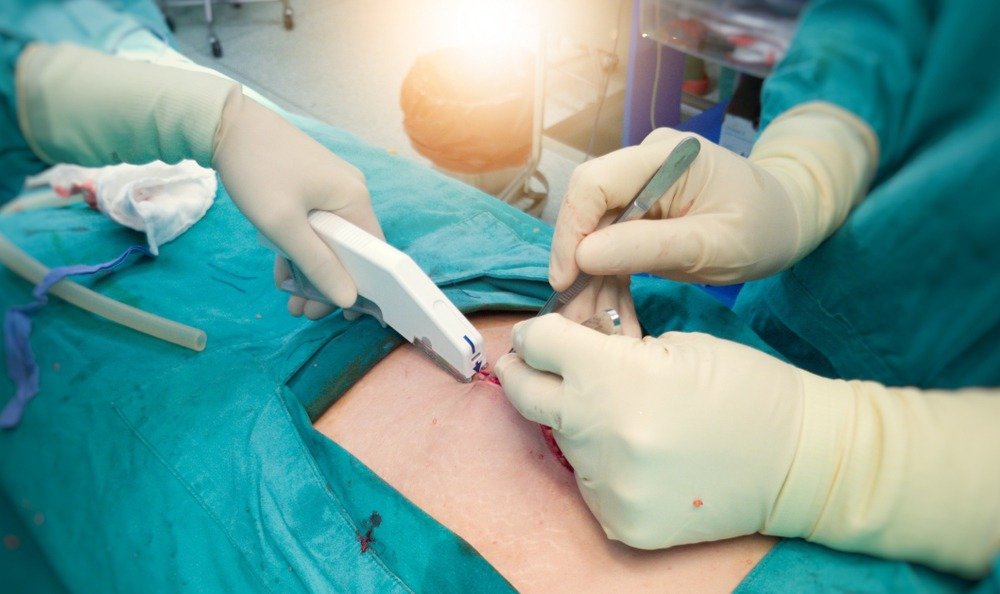The Role of Surgical Stapler Reloads in Modern Operating Rooms
In the fast paced world of surgery, getting things right quickly and safely is crucial. Over the last few decades, surgical stapling has become a trusted alternative, or even a partner, to traditional suturing methods. Among the innovations that have transformed modern surgical practices, surgical stapler reloads are key players, boosting the efficiency, versatility, and cost effectiveness of staplers in operating rooms around the globe.
This article delves into the rising significance of surgical stapler reloads in today’s surgical environments, exploring their various types, advantages, and the way they’re changing the game in surgical care alongside classic techniques like sutures.
What Are Surgical Stapler Reloads?
Surgical stapler reloads are essentially disposable cartridges that fit into compatible surgical staplers. Each reload is packed with a fresh batch of sterile staples, enabling surgeons to make multiple staple applications during a single operation without needing to switch out tools. In a nutshell, these reloads are the driving force behind every successful staple line in surgical procedures.
These reloads come in a variety of sizes, shapes, and configurations tailored to the specific procedure, the type of tissue involved, and the stapler system being used. They play a crucial role, especially in minimally invasive surgeries, gastrointestinal resections, thoracic procedures, and bariatric surgeries.
Evolution of Surgical Stapling in the OR
Traditionally, surgical sutures were the standard choice for bringing tissues together and closing wounds. While they still play a crucial role in many operations, using sutures can be quite time consuming and technically challenging. The arrival of surgical staplers and their reloadable options has transformed operating rooms, leading to quicker closure times, lower infection rates, and more reliable outcomes.
Today’s reloadable stapler systems enable multiple staple firings during a single procedure, significantly streamlining the workflow and cutting down on the need for various tools. These reloads also eliminate the hassle of manually tying knots, boosting both efficiency and safety in critical surgeries.
Types of Surgical Stapler Reloads
Surgical stapler reloads are tailored for specific tissues and procedures. Understanding their variety is crucial for making informed decisions in the OR.
1. Linear Stapler Reloads
Used for straight line closures, typically in gastrointestinal, thoracic, and gynecological surgeries. They apply one or more rows of staples to close or divide tissue.
2. Circular Stapler Reloads
Used in anastomosis procedures to connect tubular structures like intestines. The reload fires a ring of staples while simultaneously cutting out a circular tissue section, joining two ends cleanly.
3. Endoscopic Reloads
Designed for laparoscopic or minimally invasive surgeries. These are smaller, more flexible, and compatible with powered or manual endoscopic staplers.
4. Vascular Stapler Reloads
Specially engineered for delicate vascular tissue, these reloads provide smaller, more precise staples to prevent damage to blood vessels.
Each reload type may also come in various staple heights, indicated by color codes, to match the thickness of the tissue being operated on.
Key Advantages of Surgical Stapler Reloads
1. Time-Saving in Critical Procedures
Surgical staplers with reloads can dramatically reduce closure time compared to hand suturing. This is particularly vital in emergency surgeries or cases where prolonged anesthesia poses risks to the patient.
2. Consistent Staple Line Quality
Manual suturing depends heavily on the surgeon’s skill, which may vary. In contrast, stapler reloads provide uniform staple height, spacing, and formation, ensuring a consistent closure every time.
3. Reduced Risk of Surgical Site Infections (SSIs)
Quicker closure and minimized tissue handling lower the risk of exposure and infection. Reloads are pre sterilized and single use, supporting better infection control.
4. Minimally Invasive and Patient Friendly
Especially in endoscopic procedures, reloads facilitate precise closure through tiny incisions, resulting in less post operative pain, shorter hospital stays, and faster recovery.
5. Adaptability for Multiple Tissue Types
With color coded systems and multiple reload sizes, surgeons can quickly choose the ideal reload based on tissue thickness, type, and procedure, enhancing surgical accuracy.
Selecting the Right Surgical Stapler Reload
Choosing the right reload depends on:
- Stapler Compatibility: Ensure the reload fits your stapling device.
- Tissue Type & Thickness: Match the reload’s staple height to the tissue.
- Procedure Type: GI, vascular, bariatric, or endoscopic operations have specific reload needs.
- Color Codes: Familiarize your surgical team with reload color coding to speed up intraoperative decisions.
Proper training and experience play a vital role in maximizing the utility of these reloads.
Innovations in Surgical Stapler Reload Technology
Technology is advancing rapidly in surgical equipment. Recent developments in stapler reloads include:
1. Powered Stapling Systems
Some reloads are now used in conjunction with powered staplers, which reduce hand fatigue and increase precision during lengthy operations.
2. Articulating Reloads
These allow the stapler tip to bend or rotate, making it easier to reach difficult anatomical locations in minimally invasive surgery.
3. Integrated Feedback Systems
High end stapling devices now offer feedback on tissue compression and staple formation, helping surgeons avoid misfires or inadequate sealing.
4. Eco-Friendly Reloads
Manufacturers are starting to introduce reloads with recyclable materials or reduced environmental impact, addressing growing sustainability concerns in healthcare.
The Future of Surgical Stapling in Operating Rooms
As surgical practices evolve to become more efficient and centered around patient care, the importance of surgical stapler reloads will only grow. They’re a key part of the larger movement towards minimally invasive techniques, shorter recovery times, and better outcomes after surgery.
With further integration of robotics, AI-assisted stapling, and smart reloads, tomorrow’s operating rooms will likely be even more precise and automated without losing the human touch of expert surgical judgment.
Final Thoughts: Why Surgical Stapler Reloads Are a Must-Have
In modern surgical environments, speed and precision can make all the difference. Surgical stapler reloads have proven to be more than just convenient tools; they’re integral to the success of countless procedures, improving outcomes while reducing risks. Whether you’re a general surgeon, a specialist in laparoscopic procedures, or part of a surgical team managing high volume operations, stapler reloads offer versatility, consistency, and confidence in every close.
By integrating both surgical sutures and stapler reloads in operating rooms, healthcare professionals can provide comprehensive, efficient, and patient centered care. The future of surgery lies in smart choices and surgical stapler reloads are one of them.






